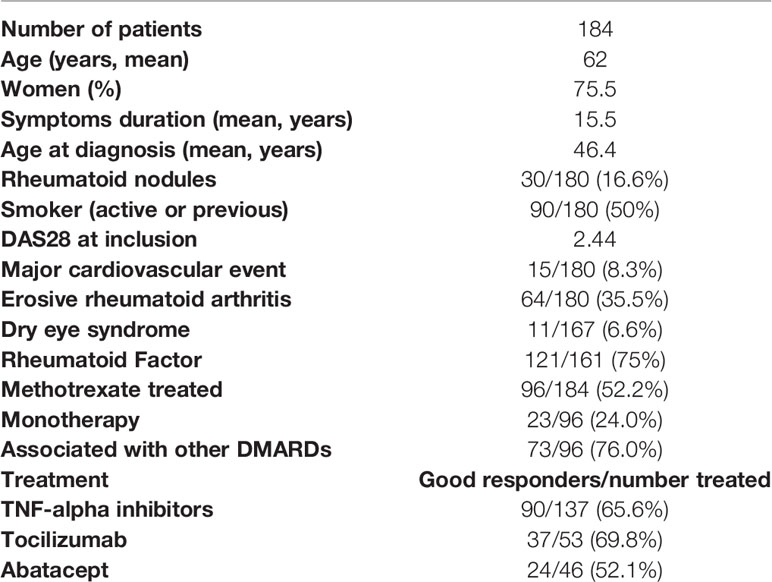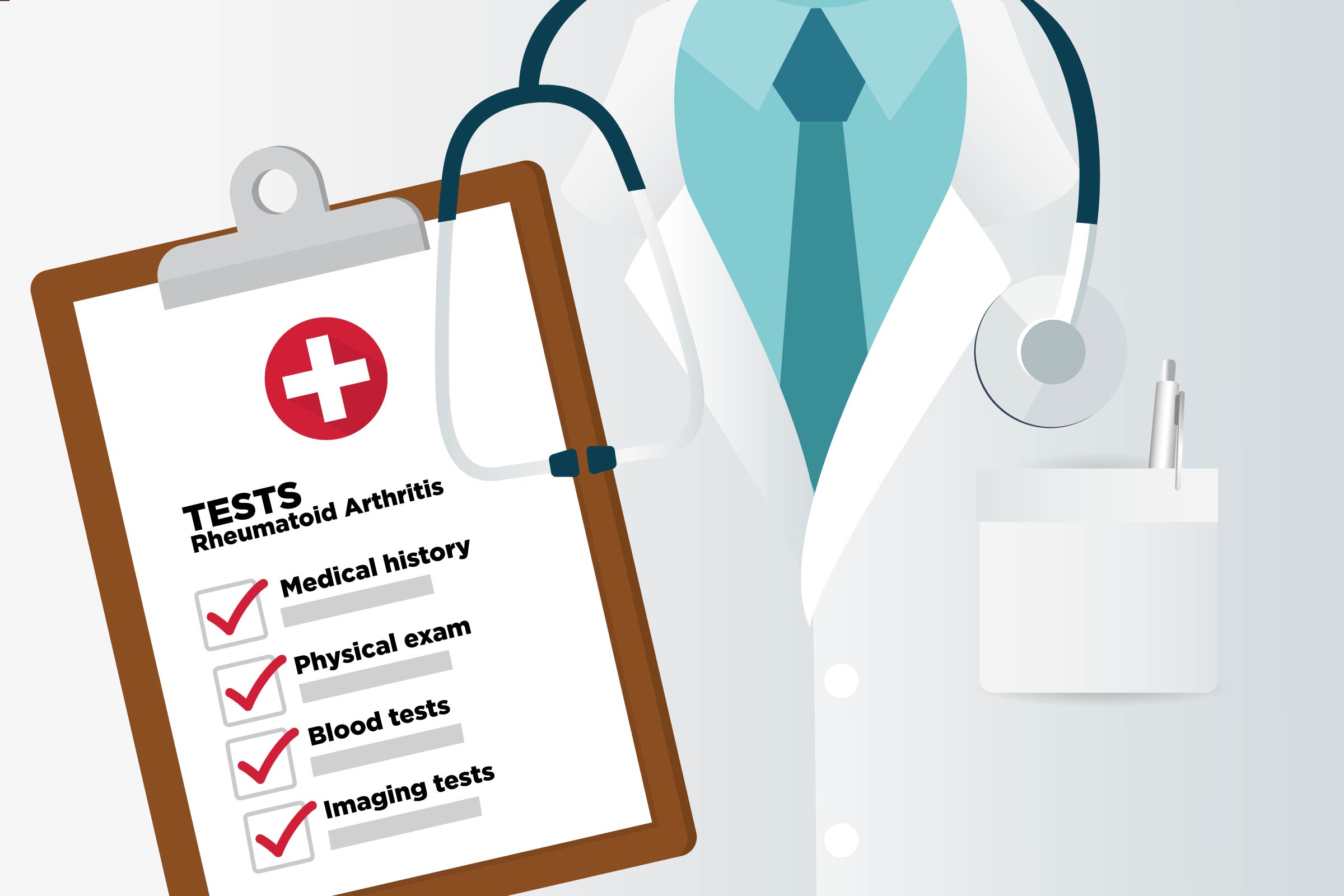

Ī series of environmental factors, such as cigarette smoking and silica have been associated with RA development. Smoking and chronic inflammation, both characteristic features in the context of RA pathogenesis, are thought to enhance the process of carbamylation. It is defined by the change of the amino acid lysine to homocitrulline. Another post-translational process that drives the formation of autoantigen in RA is carbamylation. Citrullination is catalyzed by peptidylarginine-deiminase (PAD), a calcium-dependent enzyme. The presence of ACPA is highly specific for RA and occurs in response to a set of citrullinated proteins, such as fibrin, fibronectin, vimentin, type II collagen and histones. Major disease subtypes defined by anti-citrulline peptide antibody (ACPA) positivity provide some differences in genetic associations, immune response, disease severity and treatment effectiveness. These include the study of trigger agents, autoantigen-autoantibody interaction, genetic susceptibility, articular and extraarticular pathology. There are separate domains of research that combine to offer a complete picture of the disease etiopathogenesis. Research in the field of RA pathogenesis has been an essential tool in the development of disease-modifying drugs, biologic therapy, and the more recent targeted therapy. The pathological mechanisms that drive the synovial inflammation and structural damage in RA are complex. Thus, the research has led to the emergence of new therapies with a key role in modulating the activity of the cellular immune response and inflammation in the synovial tissue.Īccording to studies, patients with RA, after treatment with biological agents, showed a significant decrease compared to the initial levels of acute-phase reactants and inflammatory proteins: C-reactive protein (CRP), the red blood cells sedimentation rate (ESR), pro-inflammatory cytokines (tumor necrosis factor-alpha, TNF-α interleukins, IL-17, IL-8, IL-18), chemokines (CXCL12), growth factors (angiopoietins, Ang-1, Ang-2 growth factor of vascular endothelium, VEGF), adhesion molecules (vascular adhesion molecule 1, VCAM-1) and matrix metalloproteinases (MMP-9 and MMP-13).īiological therapy has brought many benefits for patients, by improving the prognosis, evolution, stopping or reducing destructive lesions, obtaining remission and thus increasing the quality of life and maintaining social integration.īiological therapy is no longer reserved only for cases that do not respond to classical therapy, as clinical studies have shown that the number of swollen and painful joints decreases, as well as the rate of osteoarticular destructive lesions. Studies conducted over the past two decades have suggested the involvement of numerous pro-angiogenic factors such as metabolites, ions, growth factors, hypoxia-inducible factors, cytokines, chemokines, extracellular matrix metalloproteinases, and adhesion molecules, in RA pathogenesis.Īlso, these pro-angiogenic factors were targets for possible therapies. Loss of physical function is the aftermath, which is why early treatment is vital for controlling disease activity and for preventing joint damage.Īngiogenesis is an important process for the growth and development of all tissues, during which new blood vessels are formed from pre-existing vascularization and play a critical role in the pathogenesis of several inflammatory autoimmune diseases, such as PR. Angiogenesis is triggered by the dominance of pro-angiogenic factors over endogenous angiostatic mediators.

Untreated, PR leads to the destruction of the joints by the erosion of cartilage and bone material. Rheumatoid arthritis (RA) is a chronic, autoimmune, systemic disease that targets primarily the synovial joint lining and causes progressive disability. *Address all correspondence to: Introduction Faculty of Medicine, Department of Microbiology, University of Medicine and Pharmacy of Craiova, Romania.

Faculty of Medicine, Department of Internal Medicine, University of Medicine and Pharmacy of Craiova, Romania.University of Medicine and Pharmacy of Craiova, Romania.Faculty of Medicine, Department of Emergency Medicine and First Aid, University of Medicine and Pharmacy of Craiova, Romania.Faculty of Medicine, Department of Rheumatology, University of Medicine and Pharmacy of Craiova, Romania.Faculty of Medicine, Department of Rheumatology, University of Medicine, Pharmacy, Science and Technology of Târgu Mureş, Romania.Faculty of Medicine, Department 5 Internal Medicine, “Carol Davila” University of Medicine and Pharmacy, Romania.Faculty of Medicine, Department of Immunology, University of Medicine and Pharmacy of Craiova, Romania.


 0 kommentar(er)
0 kommentar(er)
